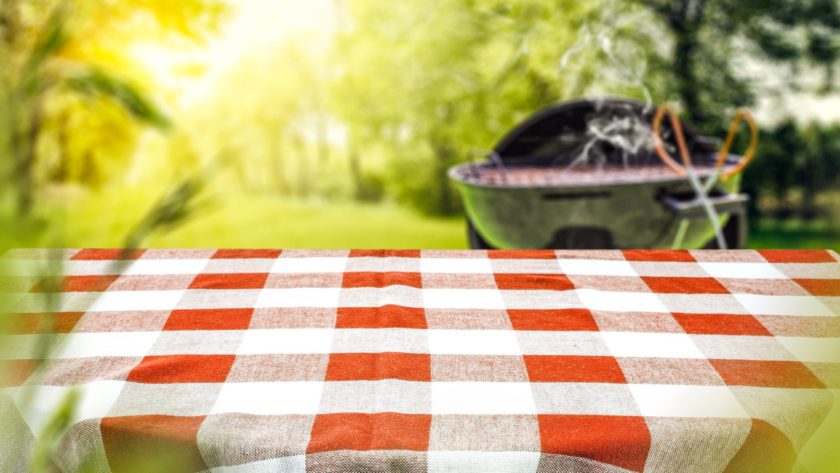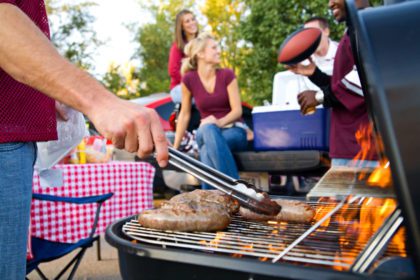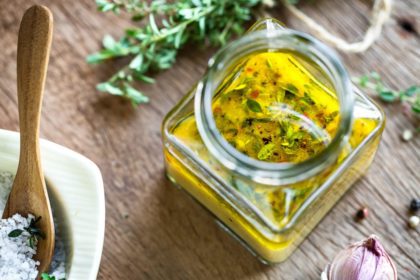Summer is synonymous with backyard barbecues and picnics, but the latest restrictions on dining outside leave many of us wondering if summer’s going to roll in fall without any socializing outside. So while public health officials shut down all outdoor dining and tell us to stay home, is it safe to gather outdoors?
The Science Has Not Changed
Your risk of contracting the coronavirus is significantly lower outdoors than indoors. A Japanese study of 100 cases found the odds of contracting COVID-19 are nearly 20 times higher indoors than outdoors.
When outdoors, respiratory droplets are bound to rapidly disperse. So even if exposed, the ‘viral load’ (the amount of virus the body is exposed to) is very small — too small of an amount to be infected. Social distancing is still in effect though, because you can still get infected via direct contact outside. The UV rays from sunlight can also kill the virus.
Tips to Socialize Safely Outside
People need social interaction — it’s basic human behavior. It’s safest to socialize when the test positivity is 5% or lower. Test positivity rate is simply the percentage of tests that are positive. At 5% positivity, it may reduce your risk of inviting an infected person to your gathering. Think of this analogy to fishing: If you were to throw out a large fishing net (analogous to lots of testing) and you caught a fish every once in a while, that would be a low positivity rate. If you caught a fish almost every time you threw out the net, that would be a high positivity rate.
1. Limit the Number of Guests – Socializing with one household is safer than mixing multiple households. It reduces risk of exposure to an infected person and is easier to practice social distancing. Large groups can affect overall spatial awareness.
2. BYOC – Bring Your Own Chair – Make it easy on the host who would have to disinfectant chairs (along with all surfaces) before and after the gathering. Portable camping chairs are perfect for a garden gathering.
3. Keep Your Distance – Even though you’re outdoors, you still have to practice social distancing.
4. Keep the Music Volume Low – When music is loud, people have to shout which expels more droplets. Also, more people means it’s going to get loud. When it’s loud, people shout.
5. Limit Alcohol Consumption – Alcohol can alter the senses and affect social distancing awareness.
6. Use Separate Serving Utensils – Don’t share food or utensils. Have each household use their own set of serving utensils, so label serving utensils with each household’s name.
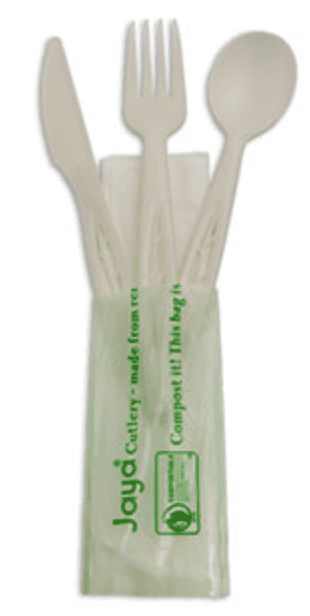
7. Individually Wrap Eating Utensils
8. Practice Safe Food Handling – Although the coronavirus is not transmitted through food, foodborne infections (e.g., Salmonella, E. coli, Hepatitis A, Listeria) are caused by by consuming contaminated food and can be life-threatening. It’s a safe practice to wear mask and gloves when preparing food during a time when it’s important not to get sick and to keep the immune system strong.
It is standard practice to wear gloves when preparing ready-to-eat foods. Ready-to-eat foods are foods that are eaten without additional cooking or washing to remove germs.
9. Stay Vigilant and Aware – Being outdoors doesn’t automatically make things safe. Socializing outside means WITH distancing and being vigilant and aware.
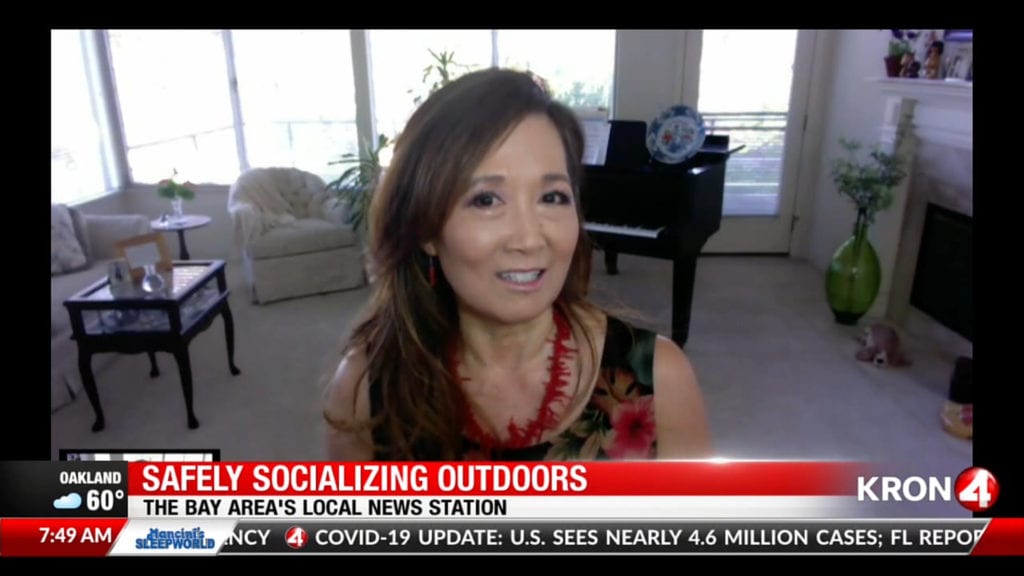
![]() The Takeaway: Outside gatherings can be safe if you want to spend time with friends and family — it’s HOW you gather outside that’s going to keep your safe.
The Takeaway: Outside gatherings can be safe if you want to spend time with friends and family — it’s HOW you gather outside that’s going to keep your safe.

